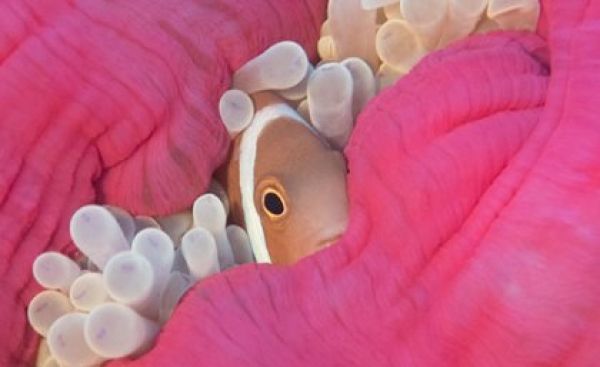The finding results from a University of Queensland and Deakin University-led study. UQ School of Biological Sciences researcher and Australian-American Fulbright Scholar Dr William Feeney said the research aimed to understand the origin of such relationships, known as interspecies mutualisms, which are extremely common in nature.
“Clownfish – like Nemo from Finding Nemo – and anemones are a great example of this type of relationship,” he said. “Clownfish live in and around anemones, helping drive off the anemone’s predators and providing it with food, while in exchange the anemone provides protection with its stinging tentacles. Clownfish have evolved to resist the stings of the anemone, so it ends up being a very beneficial relationship for both species.”
The researchers said the study helped explain how natural selection had shaped global patterns of biological diversity.
Continue reading at University of Queensland
Image via Stefan Andrews


